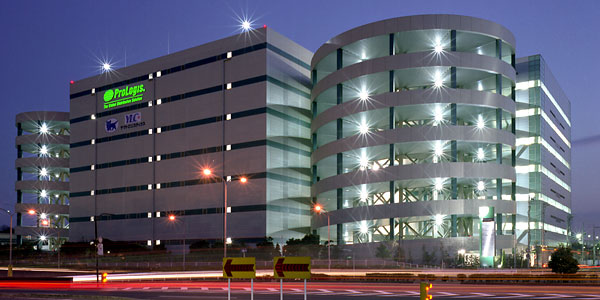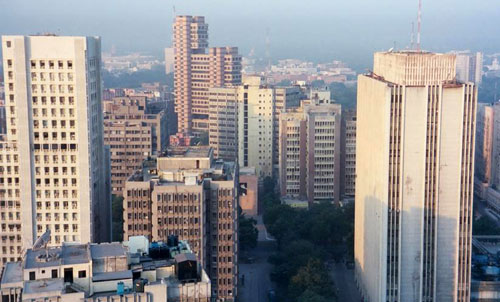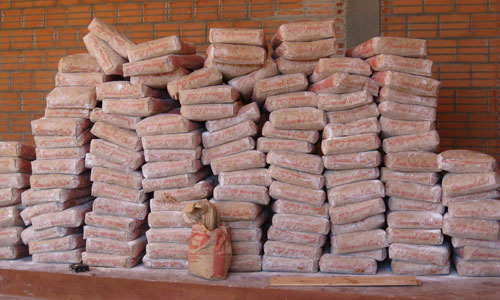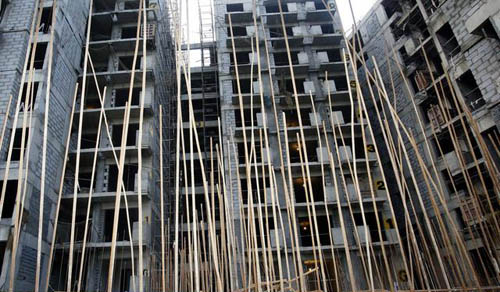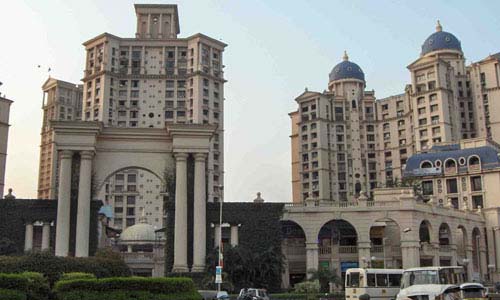
Many home buyers as well as investors have been speculating about the movement of residential property prices in Mumbai. These fence-sitters are watching the market’s movements keenly. Their guess is that prices could go down further in the next few months – which in turn has increased their hopes of landing a better deal for their money and delaying their purchase.




